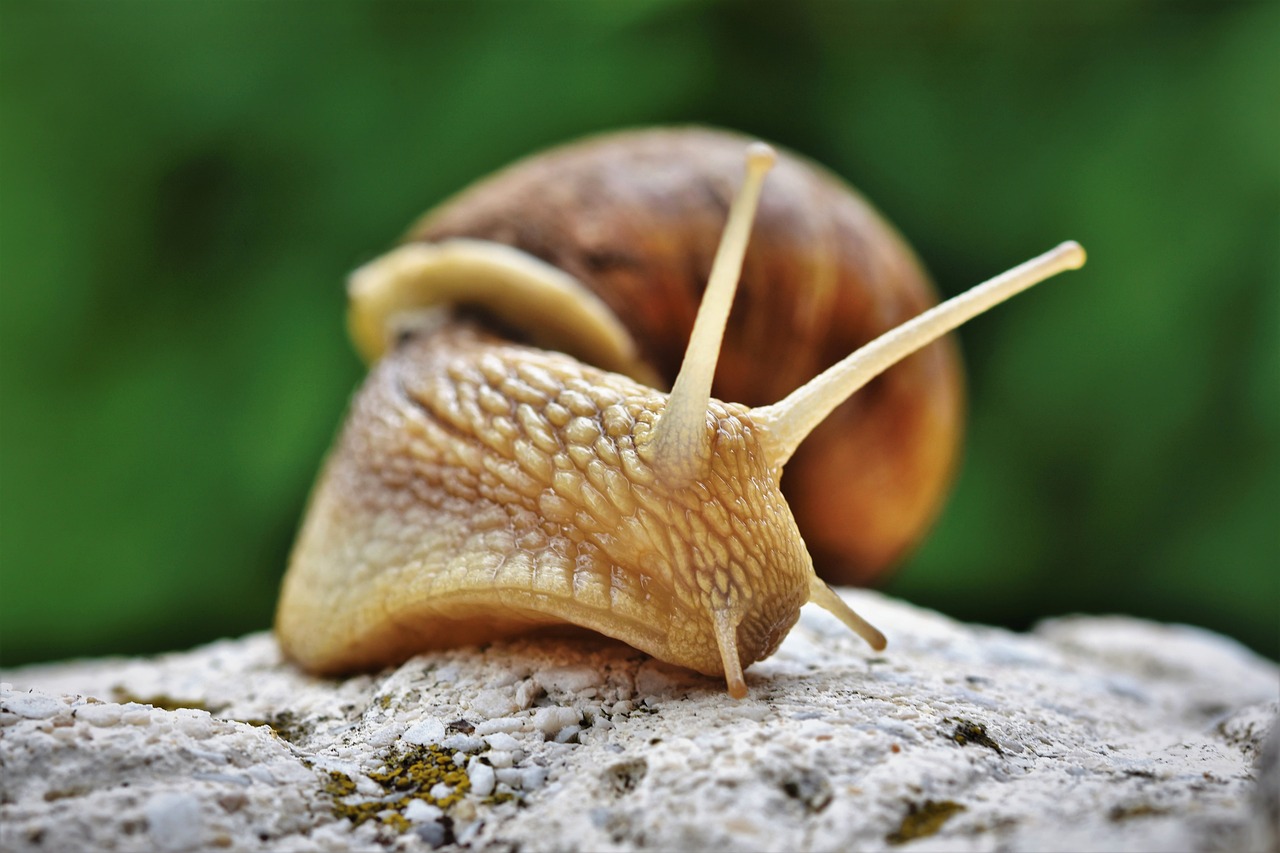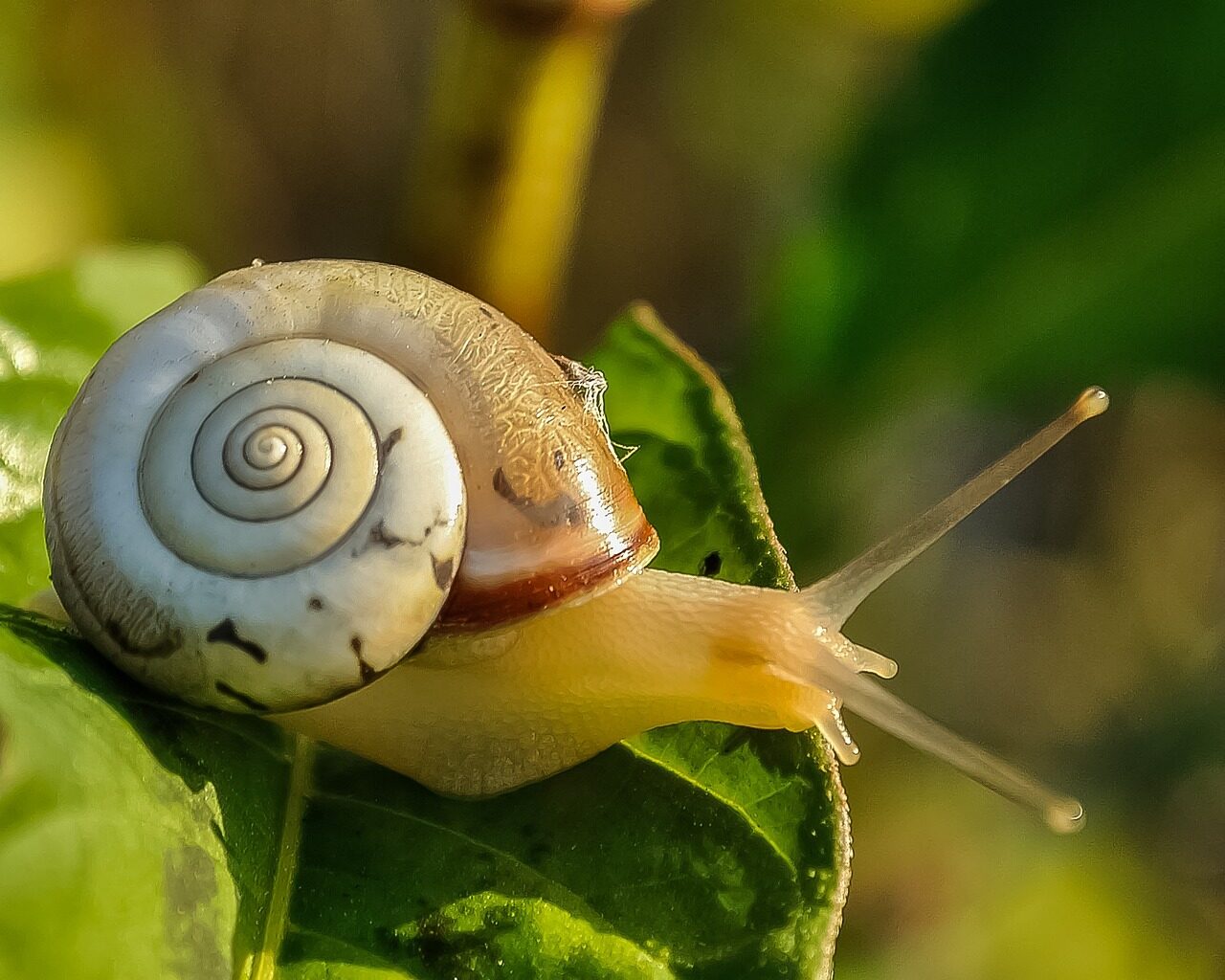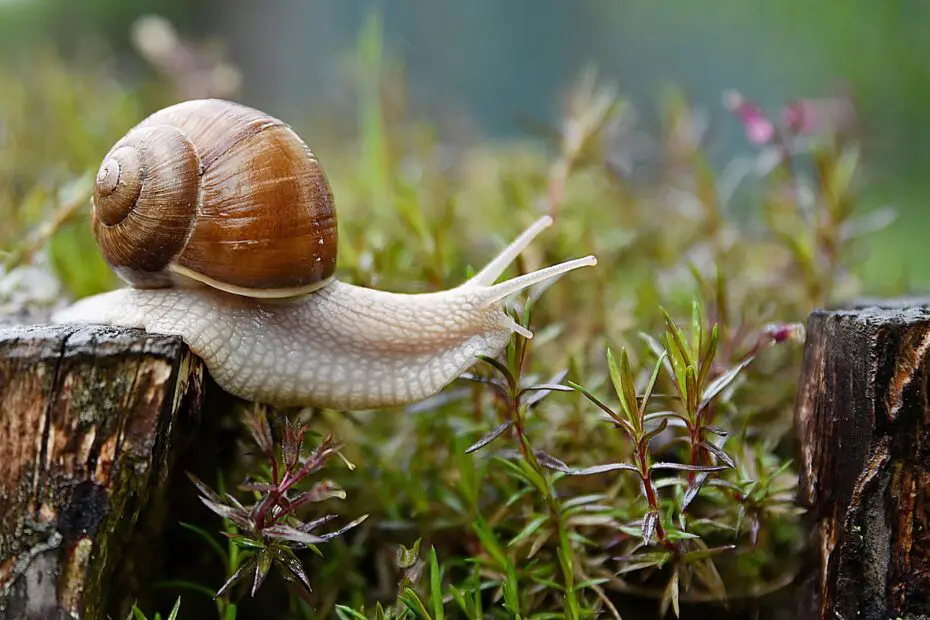In recent years, an increasing number of pet enthusiasts have discovered the joy of keeping snails as unique and low-maintenance pets. These charming creatures offer a fascinating glimpse into the world of mollusks, and their calming presence can be a delightful addition to any household.
How To Keep Snails As Pets? In this article, we’ll explore the ins and outs of keeping snails as pets, from selecting the perfect snail species to providing them with the best care and attention.
You may also want to know what toads eat.
How To Keep Snails As Pets?
When it comes to keeping snails as pets, not all species are suitable for the role. Some popular pet snail species, such as Garden Snails (Helix aspersa) and Mystery Snails (Pomacea diffusa), are commonly chosen for their docile nature and ease of care. It’s crucial to consider the specific needs and characteristics of each species before making a decision.

Setting Up the Perfect Snail Habitat
Creating a comfortable and secure habitat is essential for the well-being of pet snails. Selecting the right enclosure and providing the ideal environment with proper substrate, temperature, and humidity levels will ensure that your snail feels at home.
Feeding and Nutrition
Snails have specific dietary requirements, and a well-balanced diet is crucial for their health and growth. Understanding their natural feeding habits and providing suitable food options, such as vegetables, fruits, and calcium supplements, is essential to meet their nutritional needs.
Snail Care and Maintenance
Taking care of pet snails involves maintaining the right environmental conditions to support their overall health. Regular cleaning of the enclosure and ensuring a hygienic living space are essential aspects of snail care.
Handling and Interacting with Pet Snails
While snails may not be as interactive as some other pets, they can still be fascinating to observe and gentle to handle. Understanding their behavior and sensitivity will ensure positive interactions between you and your snail companion.
Common Health Issues and Care
Being attentive to your snail’s health is vital to detect any signs of illness early on. Understanding common health issues and implementing preventive measures can help keep your pet snail in top condition. If any health concerns arise, seeking veterinary care from a specialist experienced in treating snails is recommended.

Reproduction and Breeding
For those interested in observing the complete lifecycle of snails, understanding their reproductive process and providing the right conditions for breeding can be a rewarding experience.
Fun Facts and Trivia About Snails
Discovering fun facts and trivia about snails can not only be educational but also a delightful conversation starter for fellow pet enthusiasts.
Conclusion
How To Keep Snails As Pets? Keeping snails as pets can be a unique and rewarding experience. With proper care, attention, and a little bit of fascination for these mollusks, you can build a happy and healthy bond with your pet snail.
FAQs About Keeping Snails as Pets
- Are snails low-maintenance pets? Yes, snails are generally low-maintenance pets, making them ideal for people with busy schedules or limited time for pet care.
- Can I handle my pet snail? Yes, you can handle pet snails gently and cautiously. However, snails are delicate creatures, and it’s essential to avoid sudden movements or applying pressure.
- Do snails require a lot of space? Snails don’t require a vast amount of space, but they do need a suitable enclosure with enough room to move and explore comfortably.
- What do snails eat, and how often should I feed them? Snails primarily feed on vegetables and fruits. Offer food every other day or as needed, ensuring they consume it before adding more.
- Are snails social creatures? Snails are not social in the traditional sense, but they can coexist peacefully in a shared habitat under appropriate conditions.
